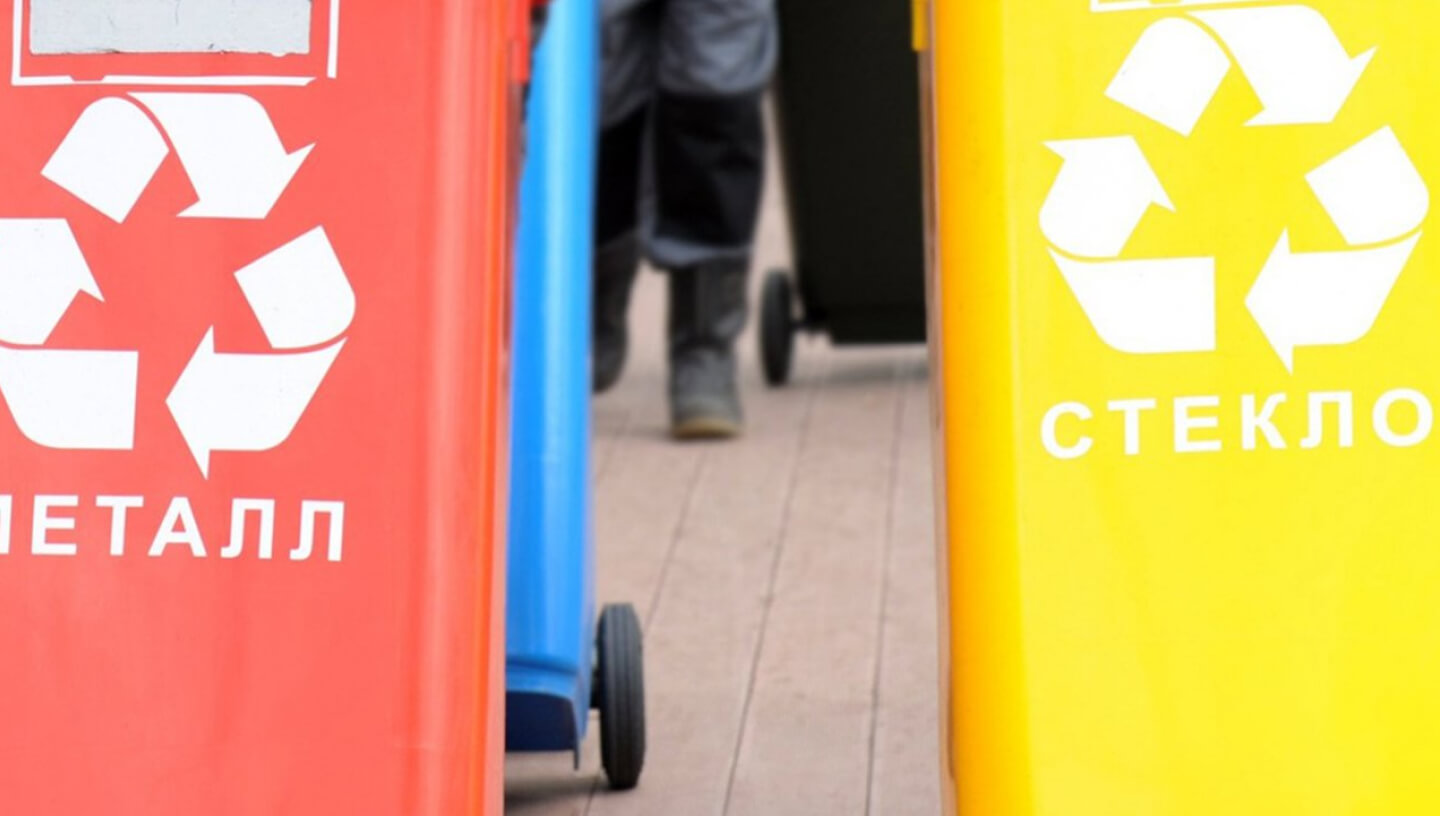 Photo by: press service of the Moscow Mayor and Moscow Government
Photo by: press service of the Moscow Mayor and Moscow Government
Russia still lives in a classical linear model with a one-turn use of products, and in order to move to a closed-loop economy model, the product life cycle must be designed in such a way that waste and pollution are reduced.
It works like this: a product is produced, then consumed, and at the end of its useful life it must be recycled into raw materials that can be used again in the production of a new product. Or energy must be produced from waste from the use of the product.
This completes the circle. The generation of waste is minimised and all recyclable material resources are maximised to produce products. Or the waste is recycled to recover the energy it contains.
Today, we hardly ever use these mechanisms. We have neither recycling, nor energy recovery from waste, nor the practice of using solid waste in the cement industry to the extent that we have all this in neighboring countries.
Sanctions can either speed up or slow down the process. We need to build facilities for processing and recycling of MSW and, at the same time, recycling facilities to produce goods from secondary resources.
This, firstly, will require rather large investments at the initial stage. Secondly, we are coming under enormous sanctions and restrictions, which will certainly have an impact on the development of the recycling industry in Russia.
I think the best solution in this situation is to assess the need and capacity of the secondary material resources market, to motivate the target consumers of fuel from waste and to focus attention from producers who are now behind the wall to alternative producers from friendly countries.
Cover photo: Valery Sharifulin / TASS








Comments